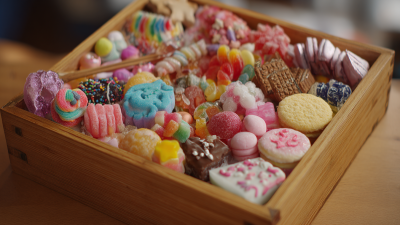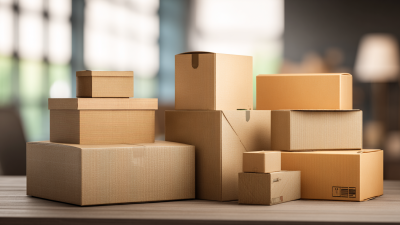The 2025 China Import and Export Fair, also known as the 138th Canton Fair, serves as a pivotal platform for manufacturers and innovators within the packaging industry, particularly in the realm of Cardboard Box Packaging. According to the research conducted by Smithers Pira, the global cardboard packaging market is expected to reach $400 billion by 2024, driven by increased demand for sustainable and recyclable materials from consumers and businesses alike. As industries pivot to eco-friendly practices, cardboard box packaging stands out due to its versatility and lower environmental impact, with a reported 88% of consumers indicating a preference for sustainable packaging solutions. This year’s fair is expected to showcase groundbreaking innovations, reflecting the evolving needs of businesses while meeting the growing consumer appetite for responsible packaging alternatives.
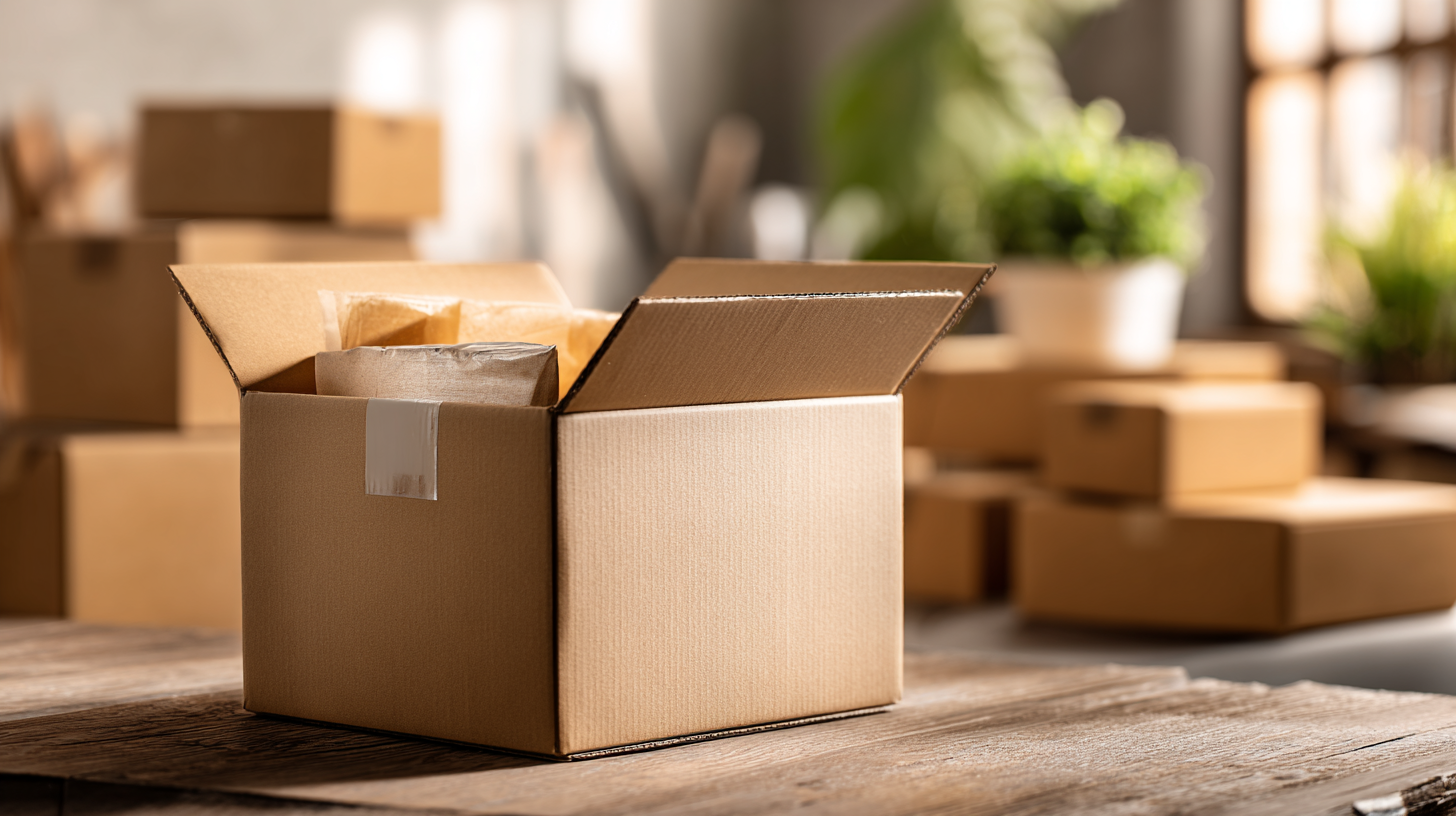
The 2025 China Import and Export Fair has become a hub for innovative designs in cardboard box packaging, showcasing the latest advancements that are transforming the industry. Exhibitors from around the globe have presented a myriad of creative packaging solutions that not only enhance the aesthetic appeal but also improve functionality and sustainability. Among the highlights were designs that feature interlocking systems, easy-to-assemble structures, and built-in cushioning to protect products during transit. These innovations reflect a growing awareness of the need for efficiency and user-friendly options in packaging.
One of the standout features at the fair is the integration of eco-friendly materials into cardboard box designs. Many companies are prioritizing sustainability, utilizing biodegradable and recyclable materials to minimize environmental impact. Moreover, added functionalities such as moisture-resistant coatings and customizable sizes cater to diverse product requirements. This shift towards environmentally responsible packaging is not only beneficial for the planet but also appeals to consumers who are increasingly making purchasing decisions based on a company's commitment to sustainability. Overall, the fair has highlighted how creative innovations in cardboard box packaging can meet the demands of modern commerce while promoting a greener future.
At the 2025 China Import and Export Fair, the spotlight on cardboard box packaging innovations highlights the growing emphasis on sustainability within the packaging industry. With increasing global awareness of environmental issues, manufacturers are seeking innovative approaches that not only reduce waste but also enhance the recyclability of packaging materials. This trend drives the development of new biodegradable coatings and renewable materials, ensuring that cardboard packaging remains functional while minimizing its ecological footprint.
Moreover, companies are actively exploring design innovations that optimize space and reduce material usage without compromising strength. For instance, advancements in folding techniques and interlocking designs can lead to lighter, sturdier boxes that require fewer resources to produce. These innovations are not merely about aesthetics; they are functional responses to the call for sustainable practices. As businesses pivot to meet consumer demand for environmentally friendly solutions, the integration of technology, such as digital printing on recycled cardboard, further exemplifies how sustainability principles are reshaping the packaging landscape in 2025.
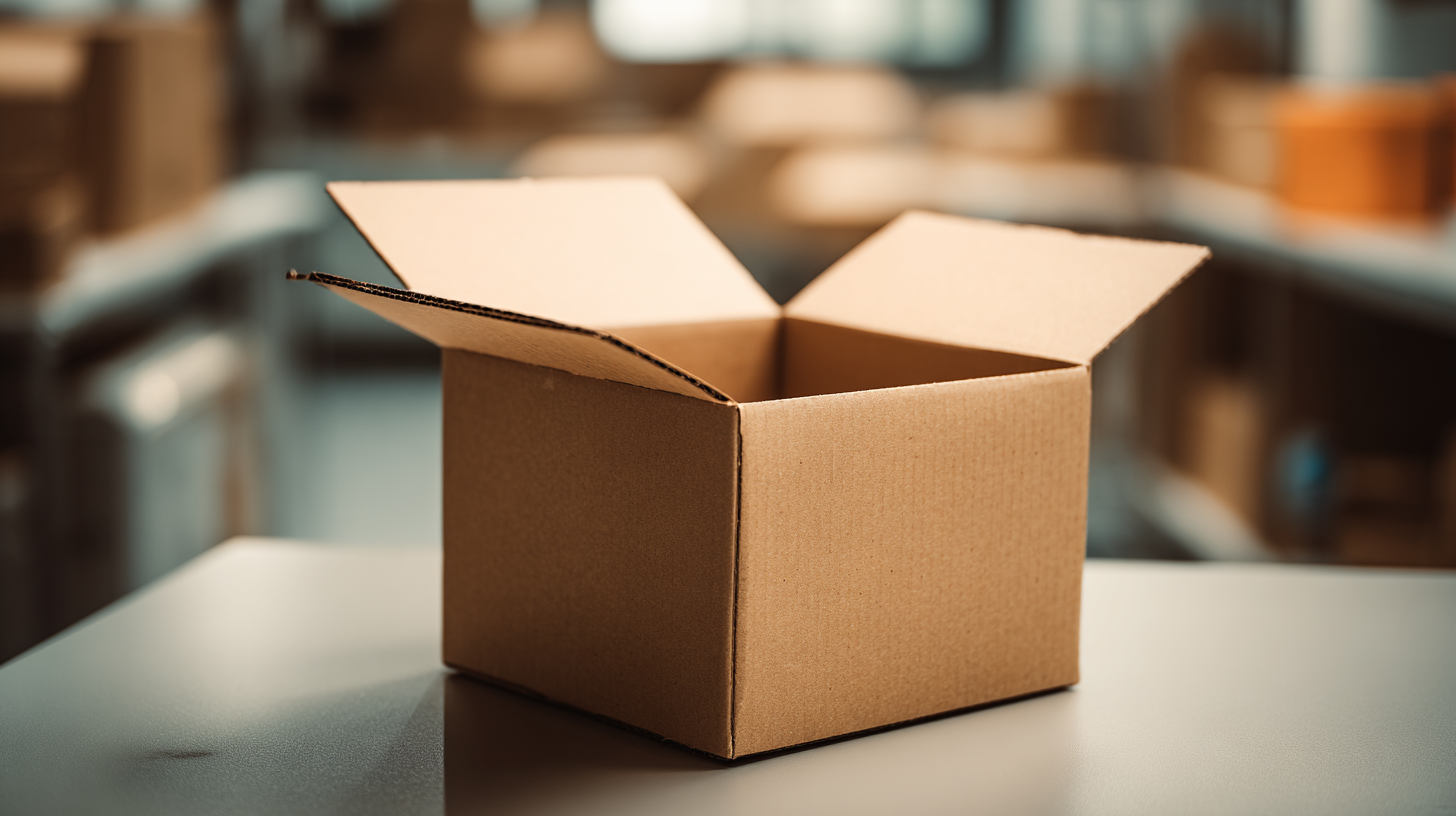
The advancements in technology are significantly transforming the cardboard box production processes, which is evident as we look forward to showcases at the 2025 China Import and Export Fair. The corrugated box making machine market is experiencing a notable shift, driven by innovations across different technology types—whether manual, semi-automatic, or fully automatic. These advancements not only increase efficiency but also enhance the flexibility and scalability of production, addressing varying consumer demands.
Moreover, the integration of RFID technology in smart packaging is at the forefront of these innovations. Recent developments in RFID tags have expanded their applications to monitor humidity, temperature, and product integrity, making them invaluable for food packaging solutions. This technology not only offers improved traceability of products but also plays a crucial role in reducing waste and ensuring consumer safety. As such, the cardboard box packaging industry is poised for exciting changes, with technological advancements paving the way for more sustainable and smarter packaging solutions.
As consumer preferences shift towards eco-friendly packaging, the demand for sustainable solutions in various markets, including bottled water, is on the rise. The bottled water market, which has seen significant growth, is expected to be shaped by these evolving consumer attitudes. According to industry analyses, the market is projected to expand due to increasing health consciousness and the demand for convenient hydration options. Understanding that packaging plays a crucial role in purchasing decisions, companies are adapting by incorporating recyclable materials and innovative packaging designs that resonate with environmentally minded consumers.
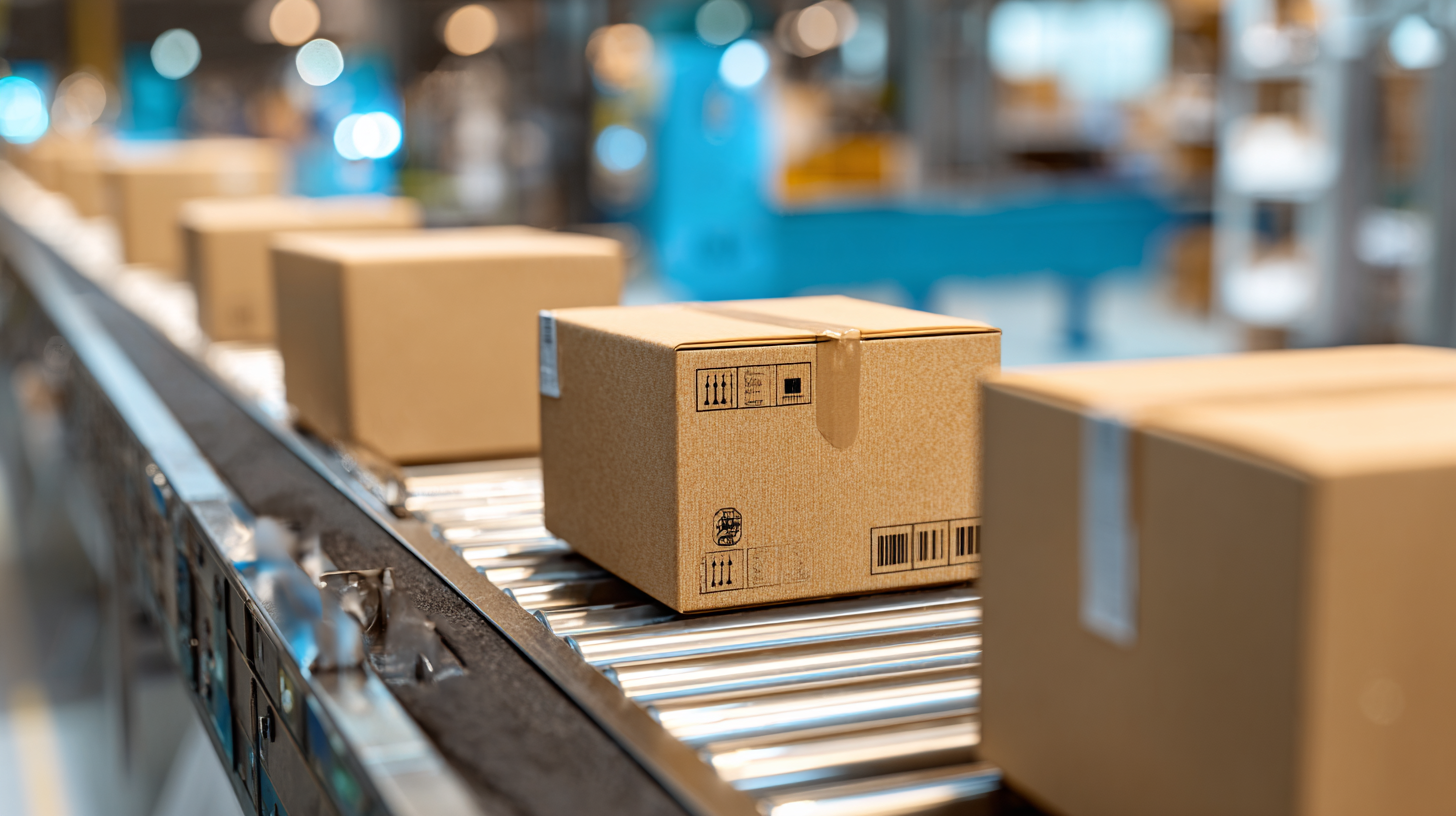
Moreover, the global pulp market is anticipated to witness growth from $264.69 billion in 2025 to $322.50 billion by 2033, with a compound annual growth rate of 2.5%. This upward trend underscores the importance of sustainable packaging in various sectors, as manufacturers explore eco-friendly alternatives to traditional materials. The push for sustainable practices not only reflects a growing environmental concern but also represents a strategic move to cater to consumers who prioritize brands that demonstrate a commitment to sustainability. Consequently, innovation in packaging, particularly in the realm of cardboard box solutions, will likely become a focal point for businesses aiming to maintain competitive advantage in an increasingly conscious market.
At the 2025 China Import and Export Fair, a myriad of exhibitors showcased innovative cardboard box packaging solutions that not only enhance product protection but also promote sustainability. One standout case study came from a leading packaging firm that introduced a biodegradable cardboard box infused with plant-based materials. This innovation not only boasts improved durability but also decomposes naturally within six months, addressing the growing consumer demand for environmentally friendly products.
Another compelling example emerged from a startup specializing in e-commerce packaging. They presented a unique design featuring modular cardboard boxes that can be easily assembled and customized for various product sizes. This design minimizes material waste and allows retailers to efficiently adapt their packaging according to seasonal demands. The response from visitors highlighted the importance of such innovations in meeting both aesthetic and functional requirements in the competitive market.


